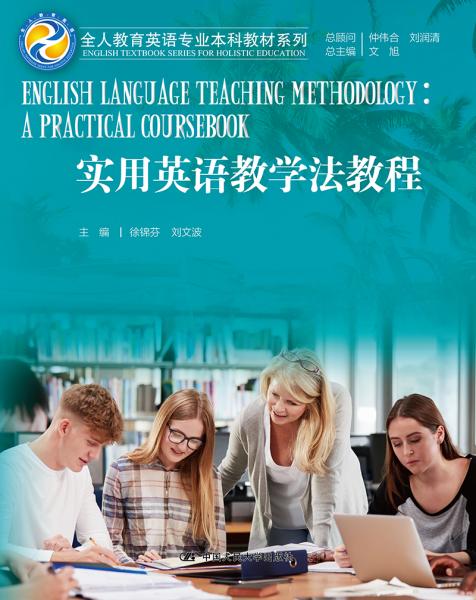part i foundations fo lang ag teaching
chapter 1 language views and language learning theories
1.1 views on language
1.2 theories of language learning
1.3 summary
sources and suggestions for further rea
chapter 2 approaches and methods in language teaching
2.1 the grammar-translation method
2.2 the direct method
2.3 the audio-lingual method
2.4 total physical response
2.5 municative language teaching
2.6 task-based language teaching
2.7 summary
sources and suggestions for further rea
part ii focusing on the teacher
chapter 3 teachers survival kit for the first day of class
3.1 preparing for the first day of class
3.2 breaking the ice in the first class
3.3 summary
sources and suggestions for further rea
chapter 4 professional development
4.1 professional development and its role in language teaching
4.2 professional qualities of a good language teacher
4.3 developing professional qualities
4.4 summary
sources and suggestions for further rea
chapter 5 lesson nning
5.1 guidelines for lesson nning
5.2 ste of lesson nning
5.3 format of a lesson n
5.4 lesson n sample
5.5 summary
sources and suggestions for further rea
chapter 6 classroom management
6.1 patterns of classroom interaction
6.2 issues of classroom discipline
6.3 strategies of classroom management
6.4 summary
sources and suggestions for further rea the learner
part iii focusing on the learner
chapter 7 understan english learners
7.1 learner differences
7.2 what to do with learner differences
7.3 summary
sources and suggestions for further rea
chapter 8 developing learner autonomy
8.1 defining learner autonomy
8.2 the significance of developing learner autonomy
8.3 teachers role in developing learner autonomy
8.4 summary
sources and suggestions for further rea
part iv focusing on the language
chapter 9 teaching pronunciation
9.1 the nature of pronunciation
9.2 aspects of pronunciation
9.3 principles for teaching pronunciation
9.4 methods of teaching pronunciation
9.5 summary
sources and suggestions for further rea
chapter 10 teaching vocabulary
10.1 the nature of vocabulary
10.2 the role of vocabulary
10.3 aspects of vocabulary
10.4 principles for teaching vocabulary
10.5 methods of teaching vocabulary
10.6 testing vocabulary
10.7 summary
sources and suggestions for further rea
chapter 11 teaching grammar
11.1 the nature of grammar
11.2 the role of grammar
11.3 principles for teaching grammar
11.4 approaches to teaching grammar
11.5 activities for grammar practice
11.6 grammatical terminology
11.7 summary
sources and suggestions for further rea
chapter 12 teaching listening
12.1 the nature of listening
12.2 the role of listening
12.3 types of spoken language
12.4 principles for teaching listening
12.5 approaches to teaching listening skills
12.6 activities for listening practice
12.7 summary
sources and suggestions for further rea
chapter 13 teaching speaking
13.1 the nature of speaking
13.2 the role of speaking
13.3 characteristics of spoken language
13.4 principles for teaching speaking
13.5 approaches to teaching speaking skills
13.6 activities for speaking practice
13.7 summary
sources and suggestions for further rea
chapter 14 teaching rea
14.1 the nature of rea
14.2 the role of rea
14.3 types of written language
14.4 principles for teaching rea
14.5 approaches to teaching rea skills
14.6 activities for rea practice
14.7 summary
sources and suggestions for further rea
chapter 15 teaching writing
15.1 the nature of writing
15.2 the role of writing
15.3 characteristics of written language
15.4 principles for teaching writing
15.5 approaches to teaching writing skills
15.6 activities for writing practice
15.7 summary
sources and suggestions for further rea
part v focusing on technology in language instruction
chapter 16 technologies in and out of the language classroom
16.1 benefits and skills of applying technologies to language instruction.
16.2 principles for applying technologies to language instruction
16.3 uses of technologies in language instruction
16.4 summary
sources and suggestions for further rea



 直播中,去观看
直播中,去观看